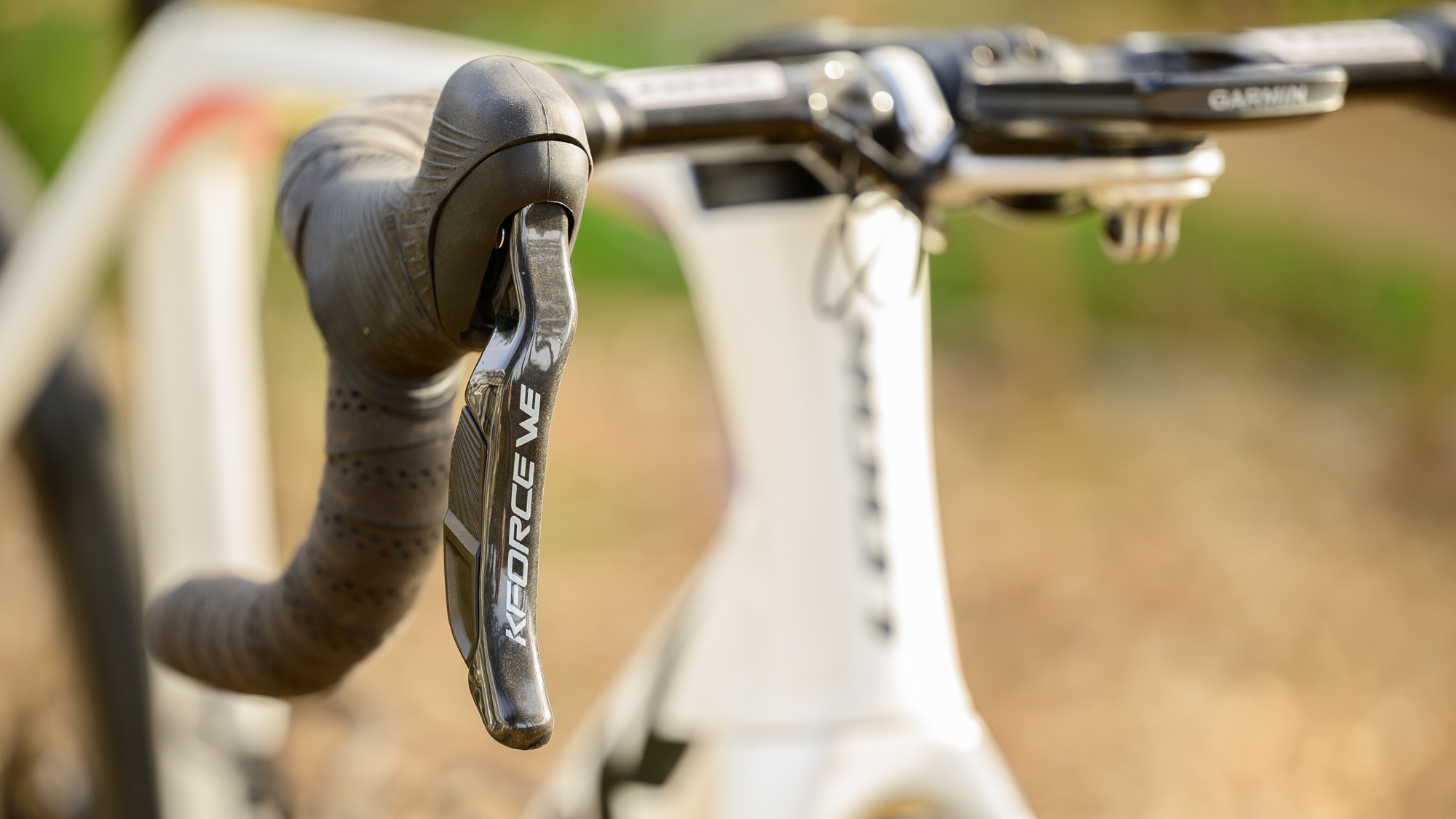
Anyone looking for the best road bike groupset will have options from Shimano, SRAM, and Campagnolo in mind. For most people, that's it. The consumer perception is that those are the only brands that have the distribution and resources to offer a product worth considering.
Price: $3800
Speeds: 2x12
Chainrings: 54/40T, 50/34T, 46/30T
Cassettes: 11-25T, 11-28T, 11-32T
Brakes: Disc only 140mm or 160mm rotor options
Function: Semi-wireless, electronic only
Weight: 2423g weighed with a 52/36 crank, 11-32T cassette, and dual 160mm rotors
Those names aren't the only choices that exist though. There is actually a rich tapestry of options if you look. Small boutique bike builders, and discerning customers, could consider something from Ingrid or Rene Herse. Neither brand is ever going to be a mainstream option but both offer beautiful and totally unique products. Alternatively, if you prefer to go a little more mainstream but still stick to something unusual, you might find yourself looking at Rotor. While still very small, Rotor is larger and the brand has spent a few years refining and reinventing the groupset that claims the title of "world's first 13-speed groupset." Still, none of these options are ever going to challenge the big three and that leaves an open question. Is there a brand that has what it takes to make a real dent in the upper echelons of cycling groupsets?
FSA would like to answer that question with a resounding yes. Unlike the smaller brands discussed above, FSA has the infrastructure and distribution that it takes to deliver a full groupset at scale. Do they have the product though? I took the brand new FSA K-Force WE 12s groupset on an adventure through central California to answer that. Keep reading to learn about the details and see what it feels like to actually ride the latest offering from FSA.

Design and aesthetics
Whatever you might have heard about the previous version of the FSA WE groupset, you can forget it. The 11-speed was a first generation product that hit the market in 2016, or 2018, or maybe 2019. It's not totally clear because there's been a number of starts and stops and small redesigns. Ultimately, it doesn't matter.
The latest version goes by the name FSA K-Force WE 12s. It covers a crankset, front and rear derailleur, rear cassette, chain, an internal battery, drop bar controls, and hydraulic brakes including rotors. Although the list of FSA branded pieces covers everything, the consumables are also Shimano compatible. You can swap in off-the-shelf pieces available at every local bike shop when needed but there's no low-end option and no rim brakes. This is purely electronic shifting with disc brakes and it competes with other top-shelf products such as SRAM Red, Shimano Dura-Ace, and Campagnolo Super Record EPS.
If you are looking for similarities though, start with Shimano. When the recent Shimano 12-speed groupsets hit the market, it was big news that the brand went with a semi-wireless design. At the time FSA had been offering a semi-wireless system for years and nothing changes on that front. The controls use a CR2032 coin cell battery that should last around a year and the ANT+ protocol wirelessly transmits shift requests to the rear of the bike. Both Shimano and FSA use a simple wiring setup that has a single cable running from the battery to each derailleur, but the FSA battery is twice the size, at 1,100 mAh vs Shimano's 500 mAh.
What has changed for FSA is that the communication now happens directly with the relevant derailleur. Previously the front derailleur acted as a master with the front of the bike but that's gone. There's no longer a specific requirement that a front derailleur be part of the system and that means 1x chainring configurations are now an option. To be clear, FSA isn’t saying that’s coming, but the new architecture means it could happen.

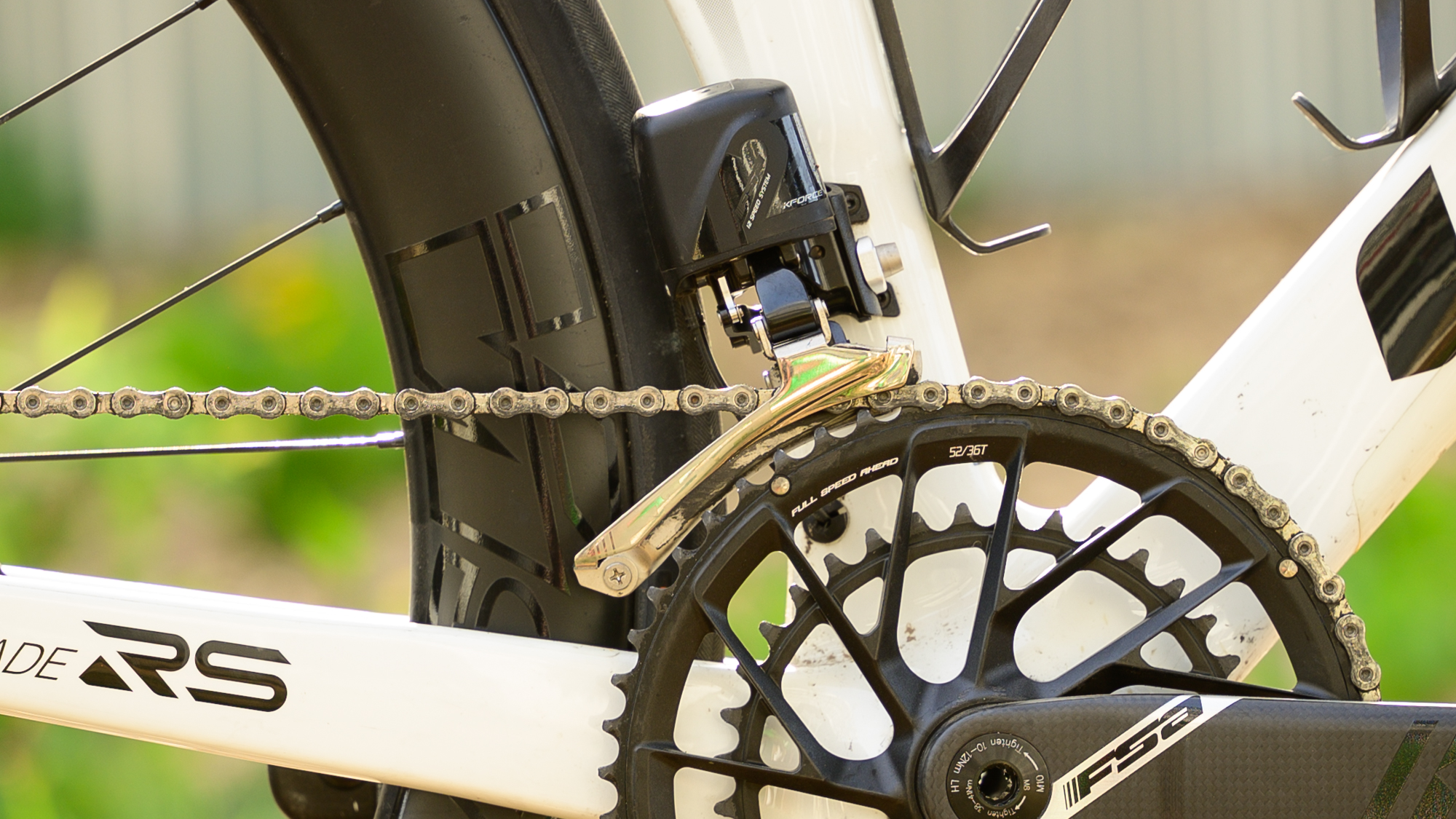
Along with the updated mechanical details, FSA K-Force WE 12s has a new look as well. There's no longer any red accent and everything has taken a rather elegant mix of black and grey with heavy reliance on the graphic shape of the number 12. The hoods are tiny compared to SRAM, and the carbon brake lever is thin with lots of elegant curves. Just below the exit from the hoods, there's a distinct outward kink that makes room for the rocker switch tasked with handling gear shifts. The right hand handles the rear cassette while the left hand covers the front chainring. In both cases, up is up and down is down with no rider learning necessary. If you understand Shimano, it feels the same, though I do have a preference which I'll discuss below.
The levers are a real standout when it comes to both ergonomics and looks but they get lost a bit in the shadow of the crankset. Even Campagnolo lovers should take note of the FSA K-Force Team Edition crankset that's part of the K-Force WE 12s groupset. The arms have a matte finish with a 3k weave outer and a hollow centre plus an aluminium inlay, reminiscent of SRAM Red, on one edge. The real star of the show though are the aluminium chainrings which come out of the CNC machine as a single piece. It's reminiscent of Cannondale SISL cranks, although there's no special bearing puller needed to remove it. The 52/36 unit weighed in at 536 grams and certainly contributes to the class-leading 2,423-gram groupset weight.
Keep moving back to the derailleurs and Campagnolo probably has an advantage again in the aesthetics department. The front derailleur is quite reminiscent of Shimano and the boxy top holds two control buttons plus status lights. If there's an issue with the system you'll see it marked in the lights but most of the time the biggest interaction will likely be when movement wakes up the groupset and the lights momentarily light up blue.
The rear derailleur is more unusual than the front, though still no match for the beauty of a Campagnolo rear mech. What you might notice instead of the aesthetics is that instead of a traditional parallelogram design, FSA uses a single arm. The concept comes from robotics but I suspect the implementation has more to do with patents than any end-user advantage. There is a clutch to hold tension but it's no match for the stiffness of a SRAM AXS rear mech. Still, there was no noticeable chain slap in my experience with it and it was easy to change wheels.
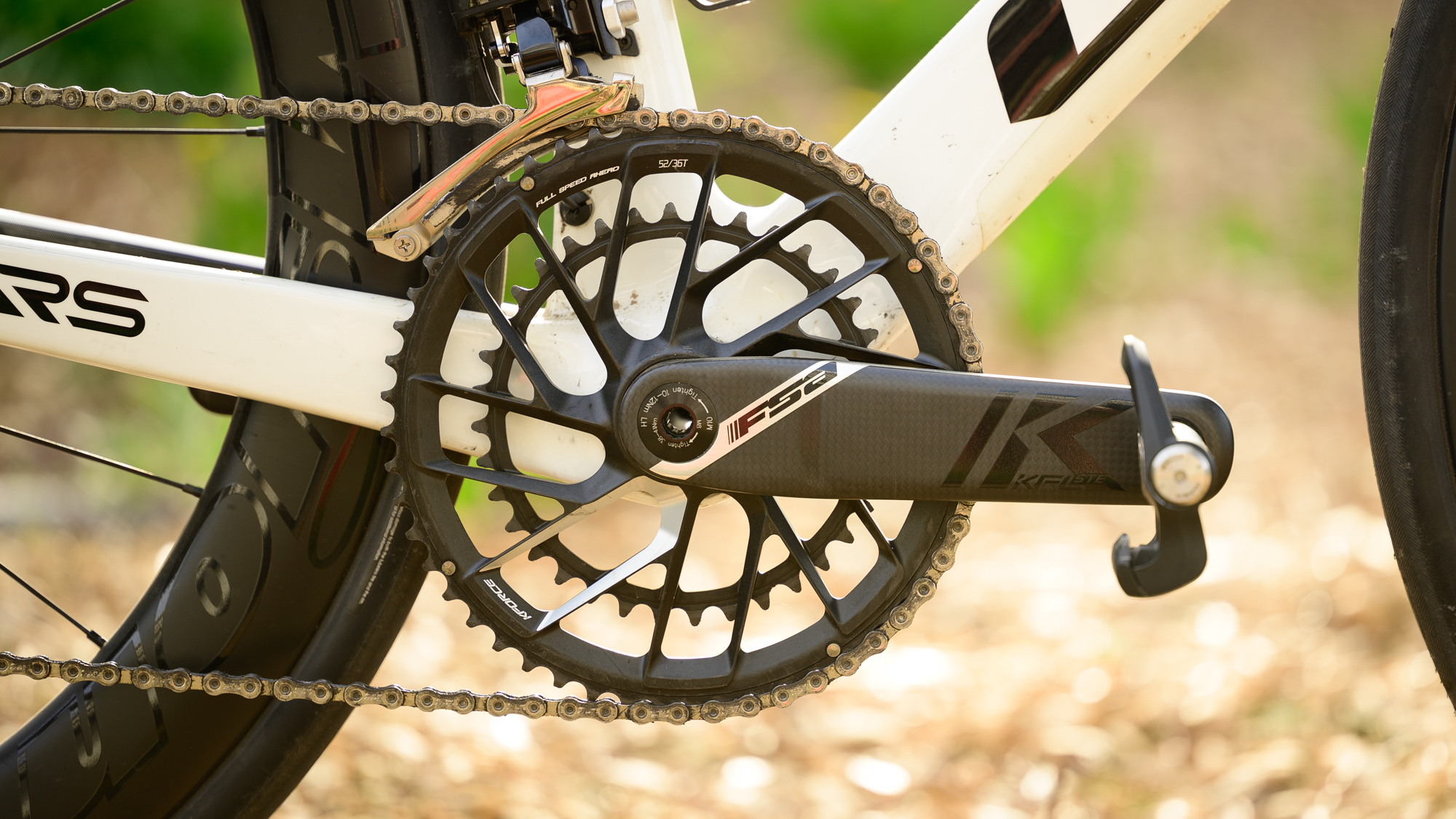
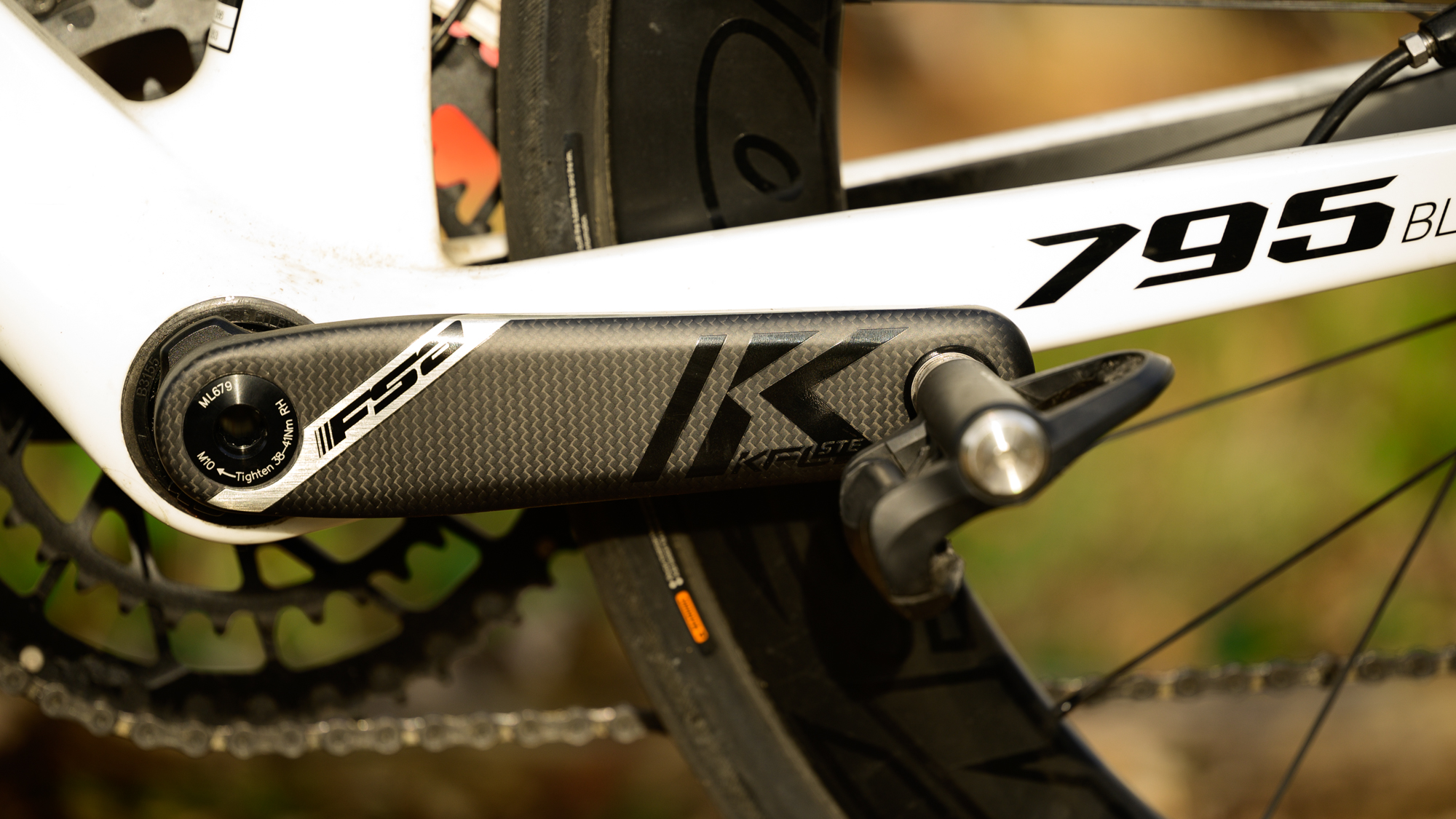
Performance
I’m going to start again by saying you have to forget what you might have heard about the 11-speed FSA WE groupset. The reason that I've said that, twice now, is because I know exactly what you've heard. The reviews of that groupset all said the same thing, the rear derailleur would come unplugged and the system would cease to shift. At one point there was also some system that required tightening and at least one review talks about that being an issue as well. The 12-speed version no longer has those issues.
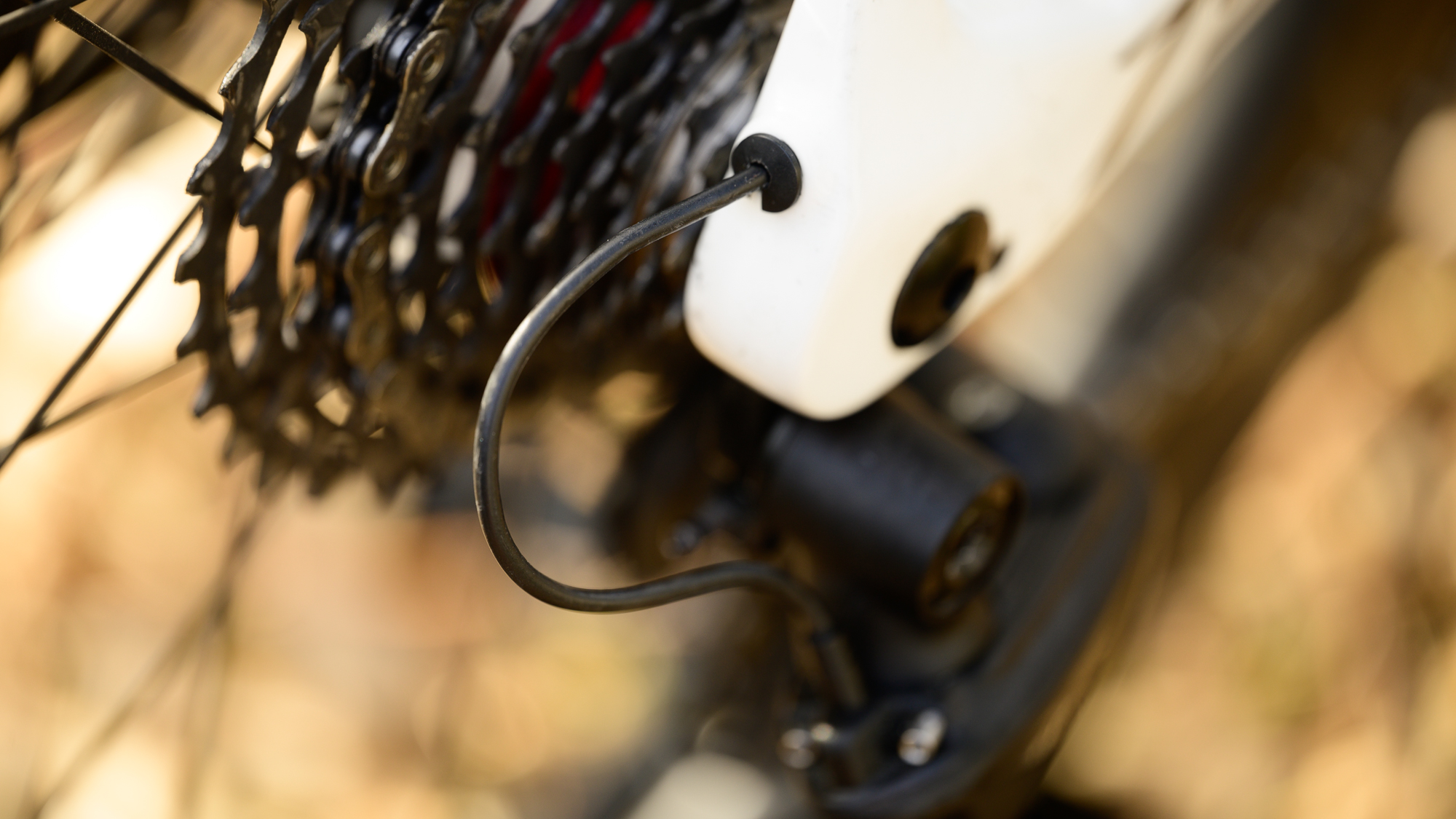
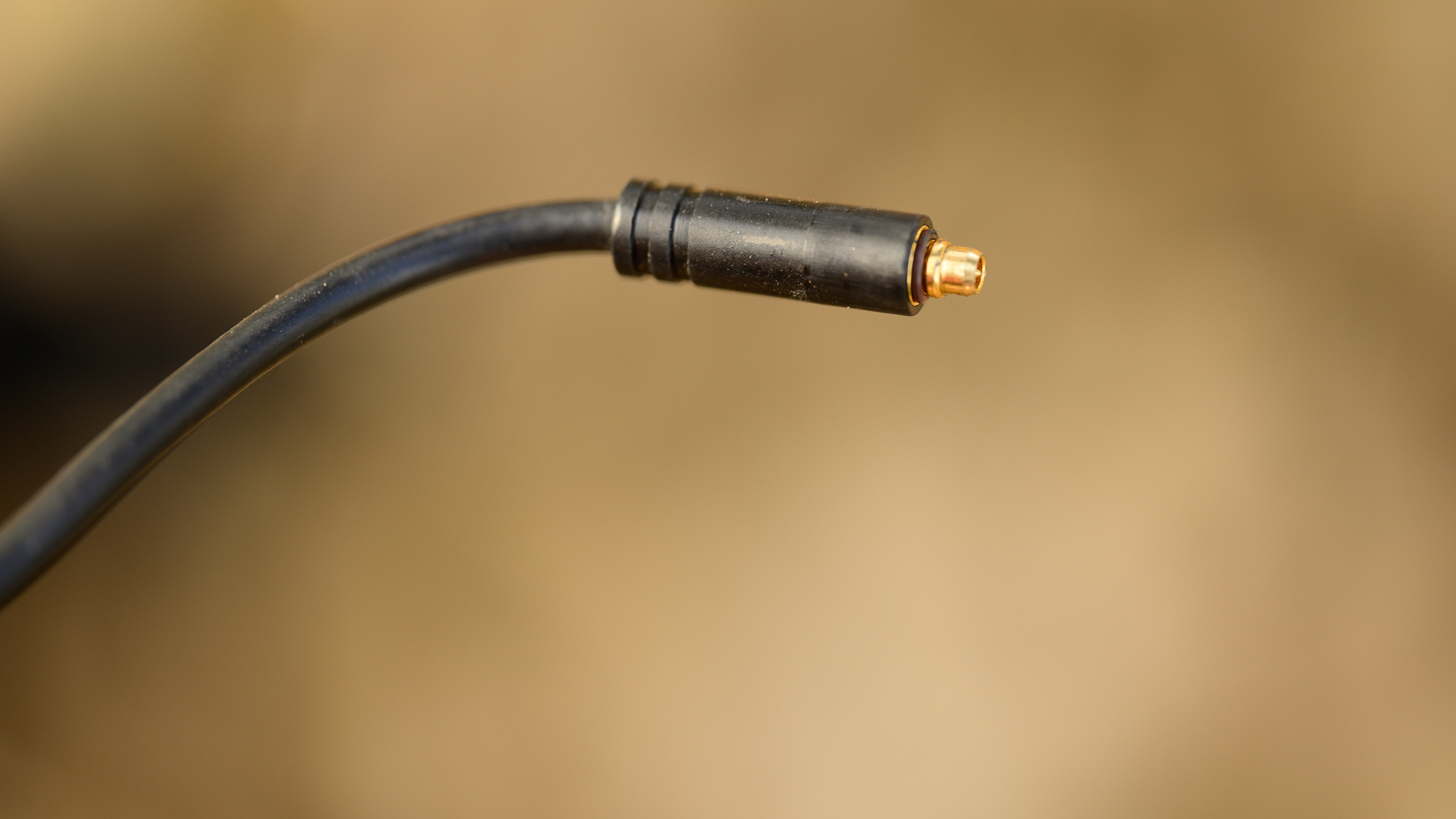
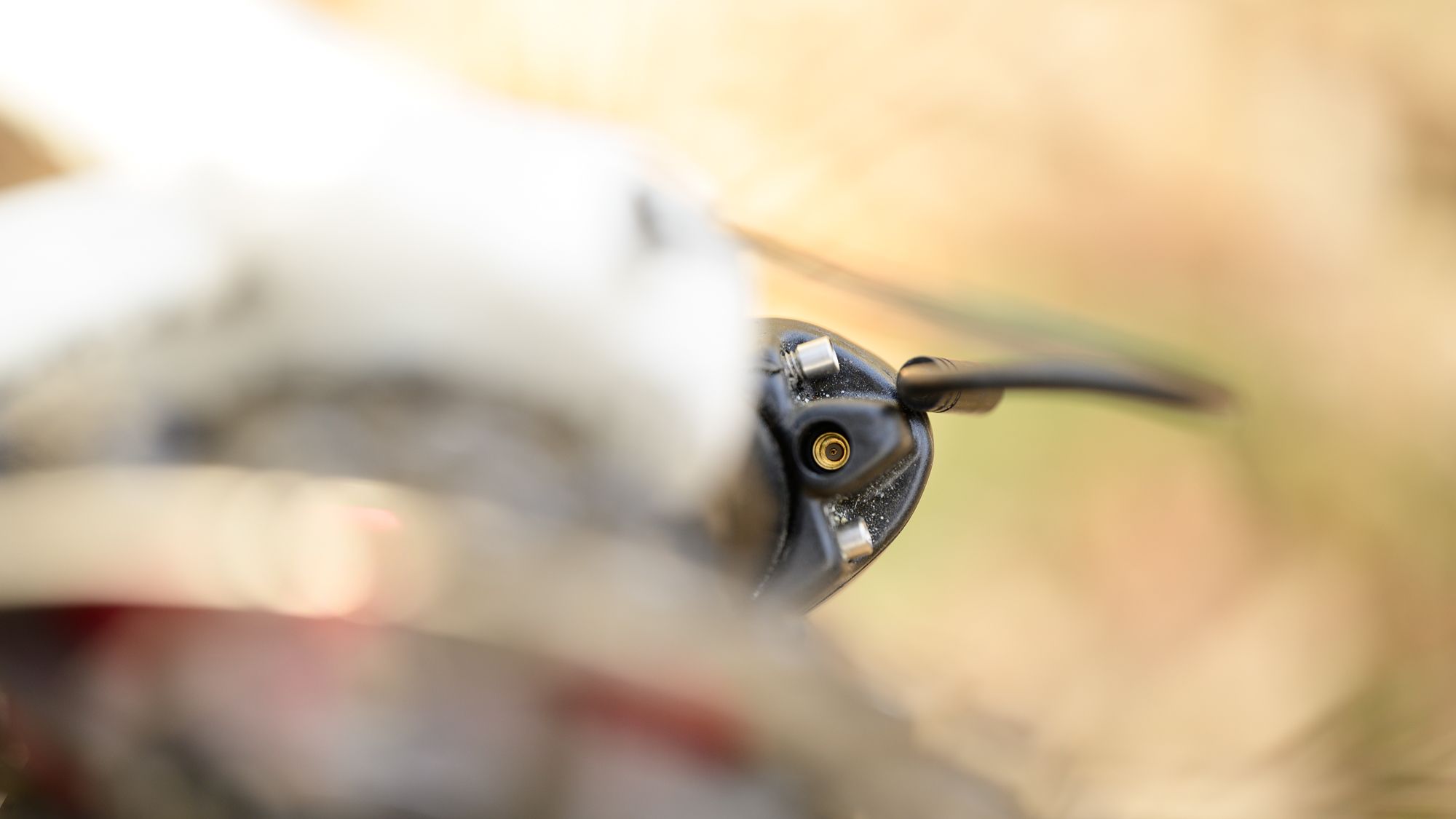
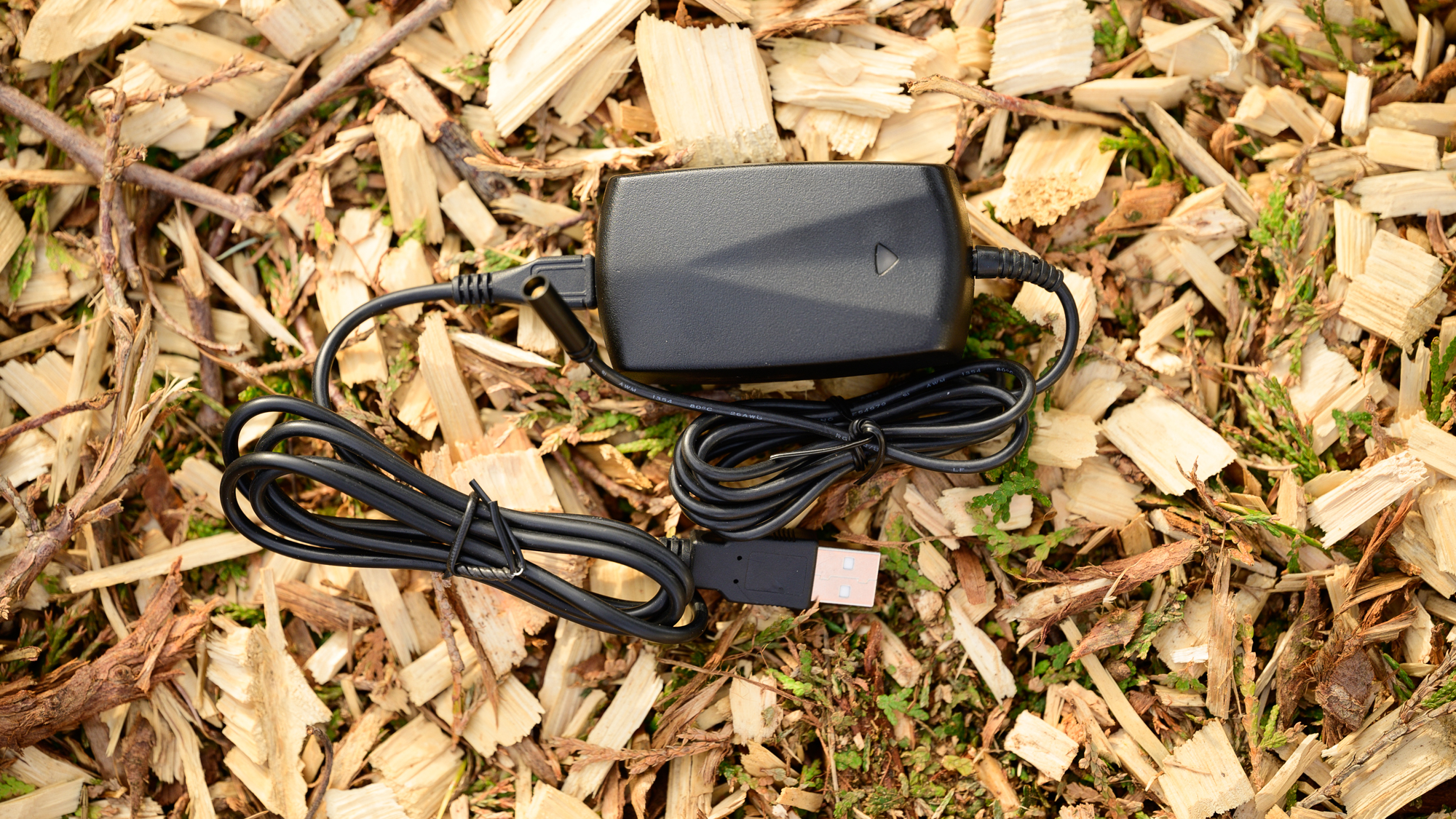
That's not to say everything is perfect. There are details worth discussing but the baseline is a working system. To prove the point, at one point during my testing, I rode up the backbone of California spending over 14 hours in the saddle. I would have ridden farther too but a broken frame care of Alaska Airlines cut my trip a day short. Let's back up a little though, I'm getting ahead of myself.
My first experience with the FSA K-Force WE 12s groupset was a bit mixed. A friend helped me build up the system and he ended up doing the final adjustment without me. When it got far too late, he threw up his hands and reported issues to me. First was when in the smallest sprocket on the cassette, shifting up required two presses of the button. The first button would do nothing and the second caused it to shift twice, moving the chain from the 11- to the 13-tooth cog. The second issue was a lack of finesse in the shifting that I refer to as "crunchy" shifting.
Time during the day with the bike on my own stand allowed for addressing both issues. First up, was the strange behaviour out of the bottom cog. I reached out to FSA technical support, who are always quick to answer and a joy to work with, but unfortunately, there's not a fix for this yet. While certainly an issue, I'm not calling this out as a negative because FSA is aware of it and a fix is expected.
I'm reviewing the system before it's fully available and these kinds of things tend to come with the territory. The companion app also isn't yet working with the 12-speed groupset so I can't tell you what that's like to use. More importantly though, the fix for the shifting behaviour will be a firmware update and I'm not yet able to apply a firmware update right now. I’m hoping those initial updates also include the ability to report the current gear to bike computers.

As for the crunchy shifting, that one is mostly on me. The way FSA handles micro adjusting is to have the user put the rear in the 7th sprocket counting up from the bottom. Once there, press and hold the rear button on the front mech and the system will change to the adjustment mode. Press either button on the rear controls and you'll signal that you want to make adjustments at the rear. From there, use the shift controls and move the derailleur up or down as needed for smooth shifting.
I got very good at this process as I spent a long time chasing perfection. I'd get it just right at the top of the cassette and it would be crunchy at the bottom. Then I'd chase it down the cassette, only to have it be loud at the top. For anyone who's mechanically inclined, you'll recognize this behaviour as being a bent hanger. I, of course, didn't immediately notice that and eventually gave up and blamed it on the groupset. It was only later that I caught the issue and was largely able to adjust the shifting until it was smooth.
That said, even when everything was fully dialled, the FSA shifting is louder than Dura-Ace or Red when shifting under power. It rewards good shifting technique in a way that has largely become a relic of the past. At 150 watts the system is as smooth as any of the competition. At 250 watts it can sometimes clunk into gear with more noise than the competition. Use good technique and hesitate with your power ever so slightly and the shifts are smooth and crisp. It’s always smooth and crisp on the front chainrings. Given the way it rewards technique, there are going to be riders who never notice anything is off. For me though, I’ve been riding mostly SRAM Red AXS since 2019 and you can forget all your technique with no extra noise. FSA doesn’t quite nail it in the same way.
At this point in the story, we can jump back to the aforementioned adventure ride. With everything dialled in I took off for Southern California with a plan to ride about 275 km / 170 miles a day for two days and really put the groupset to the test. As the adventure unfolded I ended up doing a single day and 293 km / 182 miles over 14 and half hours on the bike.
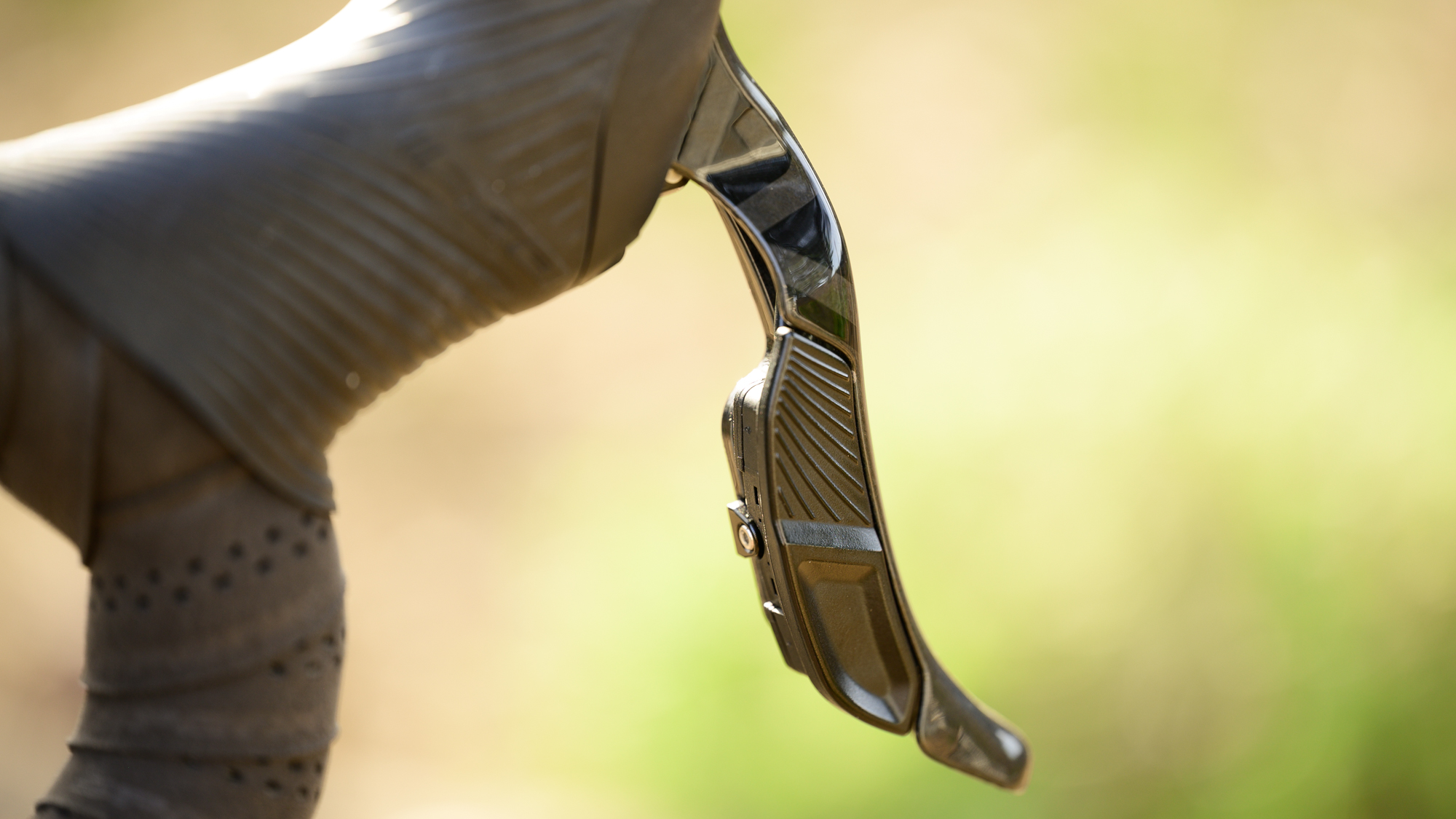
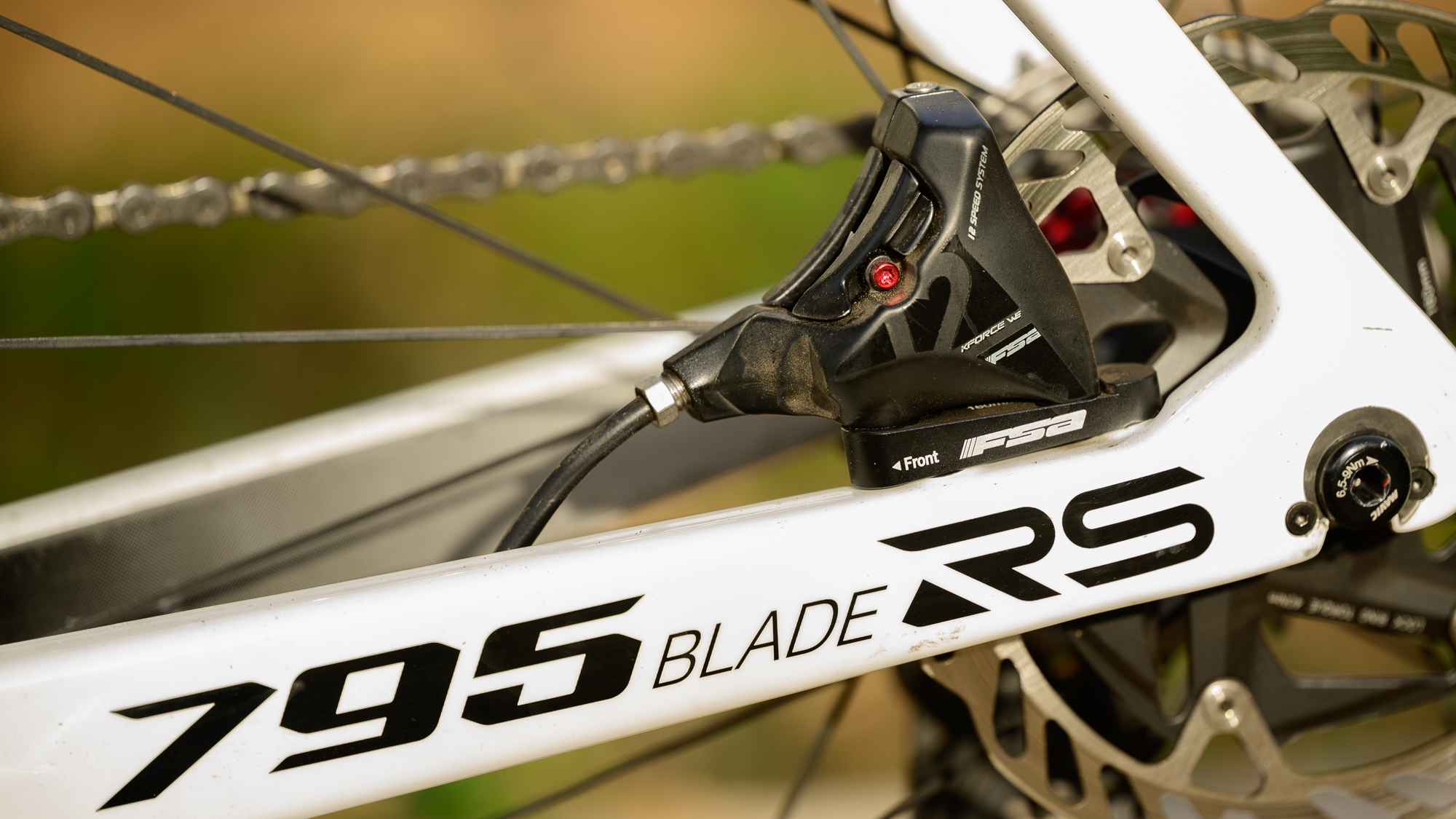

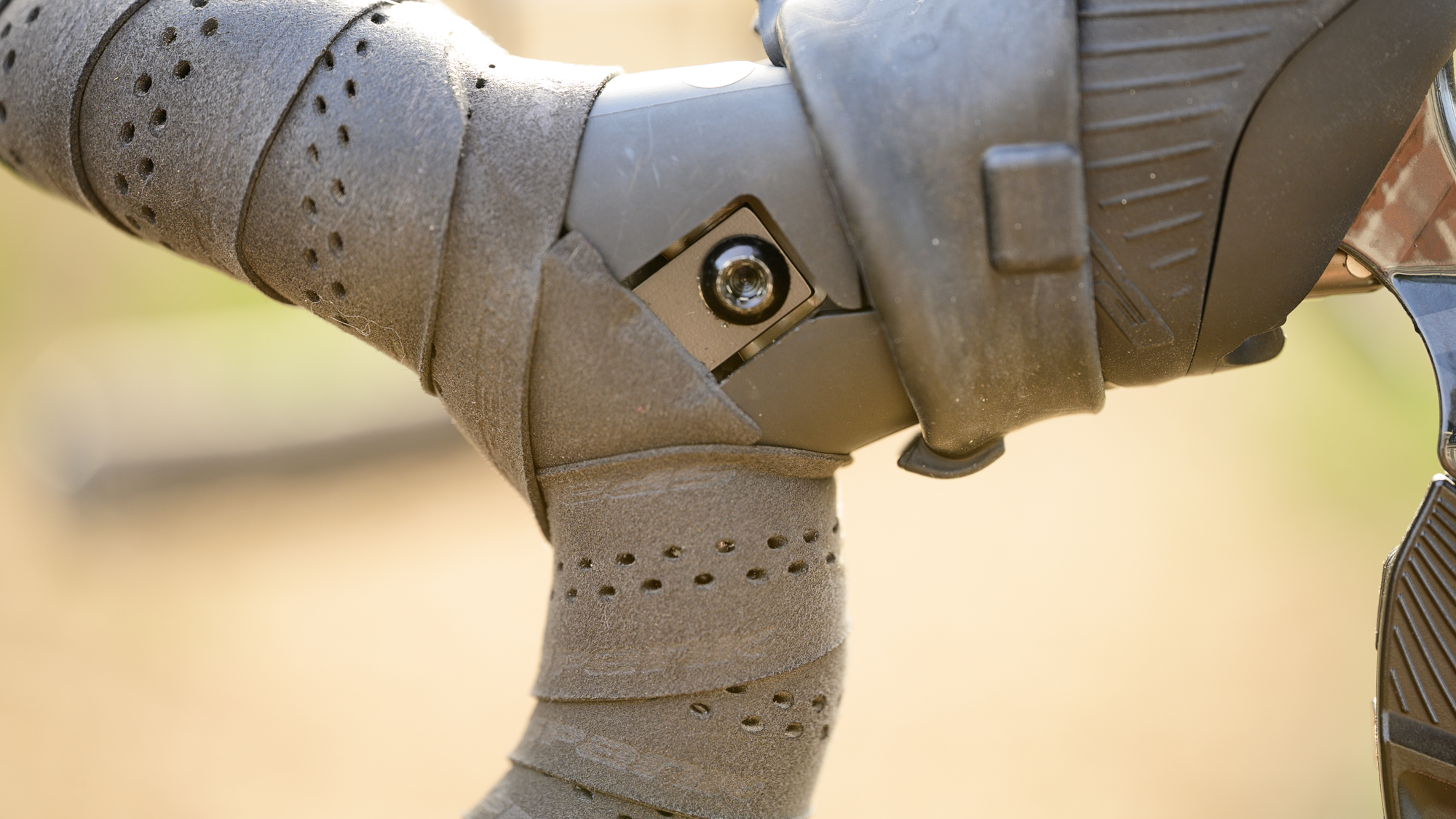
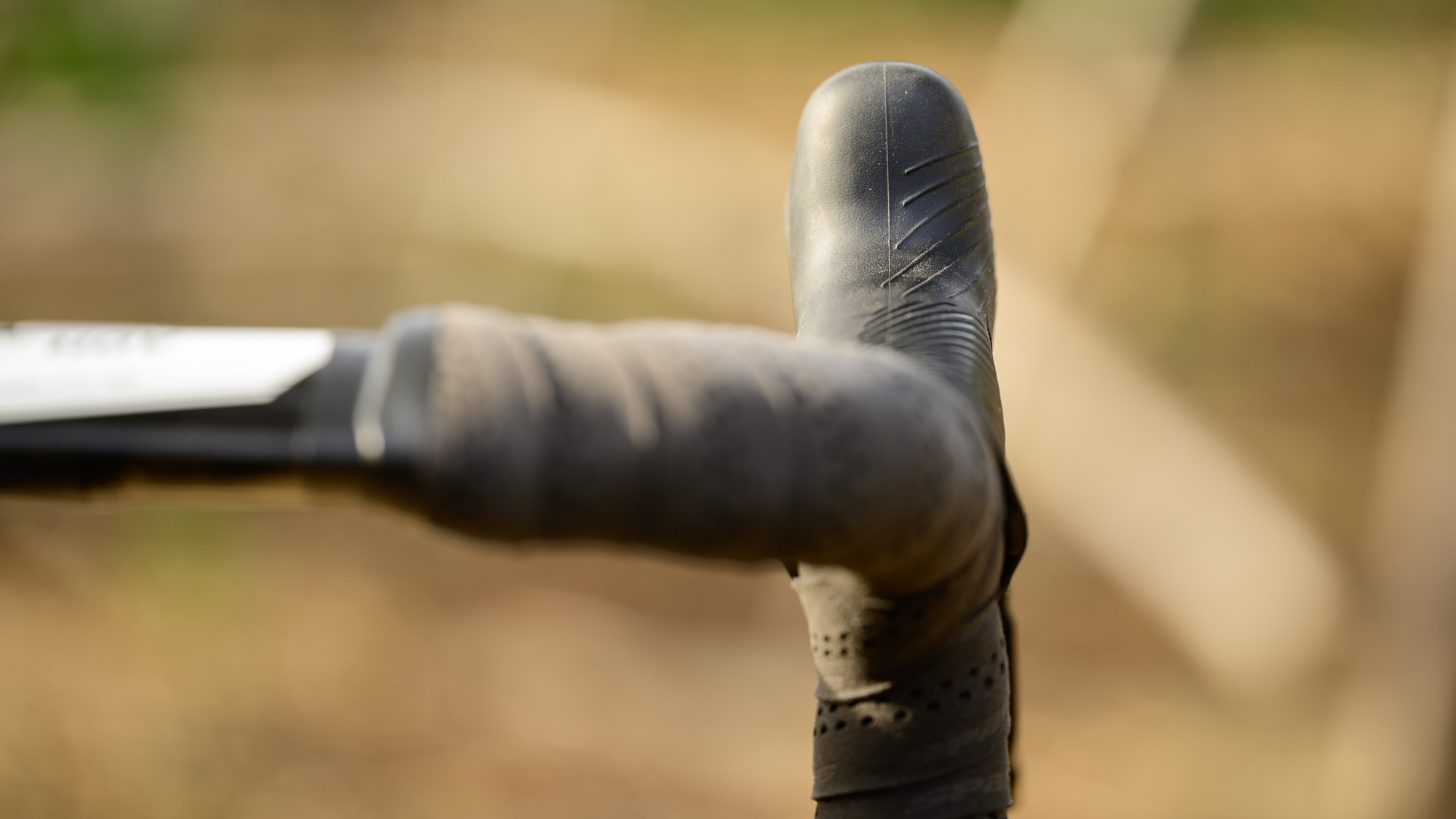
I spent much of that time battling headwinds or climbing and I had a lot of time to assess the FSA K-Force WE 12s groupset. Never once did I encounter any issues. When I pressed the button the groupset shifted and that continued throughout the day. As I rode fast through a crazy rough section of pavement, nothing rattled loose. When I found myself needing to shift while standing on the pedals during a climb, everything was fine even if a bit loud.
Small noises tended to fall out of my consciousness during the ride. Instead, what I found myself marvelling at most of the time was the incredible ergonomics. I almost always ride on the hoods and if you prefer small hoods, the FSA hoods are tiny. The reason I mention that I tend to ride on the hoods though is that I loved having the adjustable levers fully extended. In that position, the shifting is tough to reach in the drops but it’s perfect from the hoods and I love where it puts the brakes when descending. Leaving the levers adjusted out means there’s plenty of room to put two fingers in front of the lever and two behind. This isn't exactly great technique but enough people do it that Shimano mentioned it as a design goal for the last lever shape. FSA does it better.
I also prefer the FSA buttons more than both Shimano or SRAM. While most people think of Shimano as having a top and bottom button, Di2 actually has a front and back button. FSA has an actual up and down button and it's very easy to tell them apart. It does work best if you push the buttons farther from the central pivot point but I think that's actually a strength. It makes them even easier to tell apart.
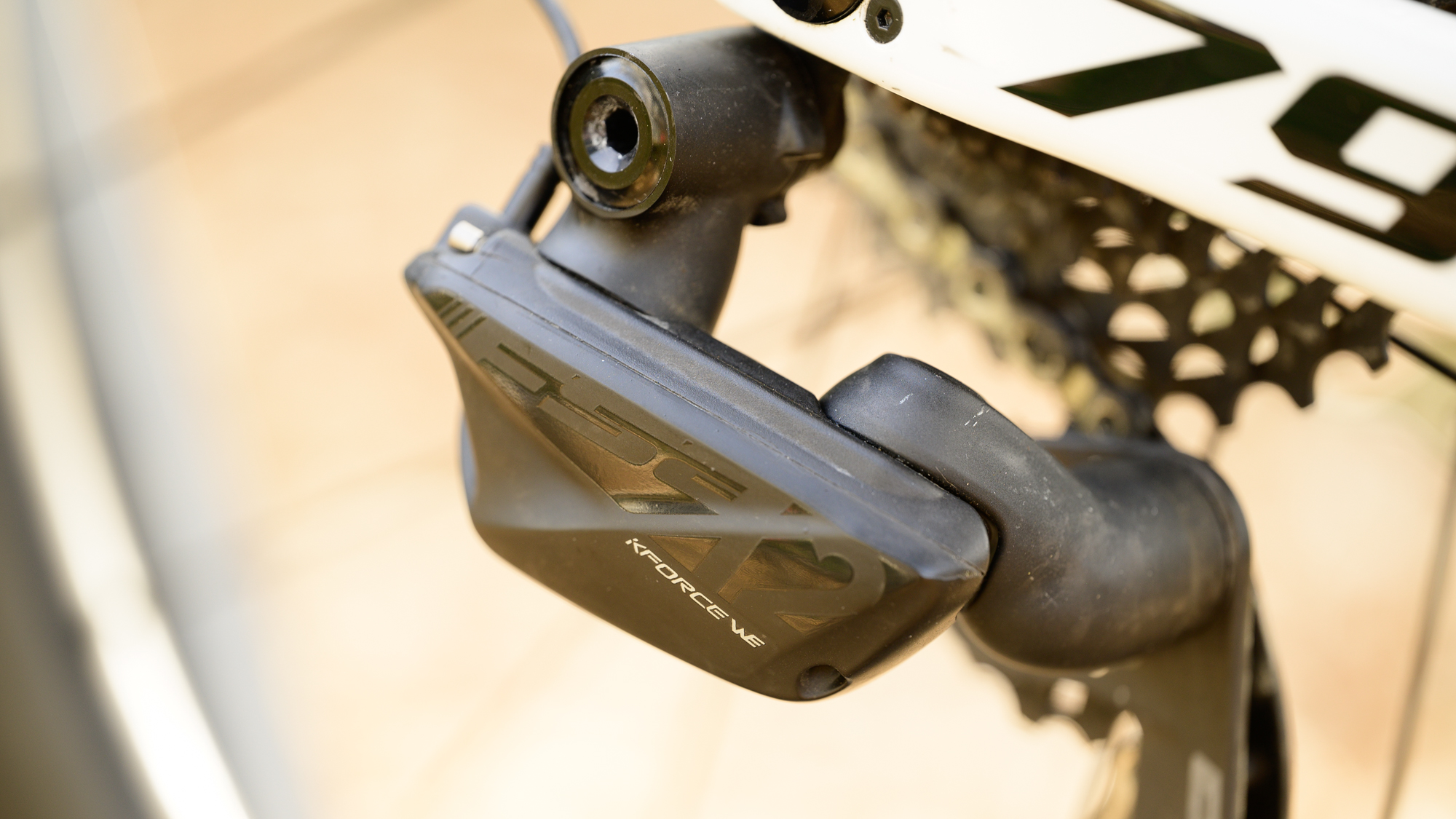
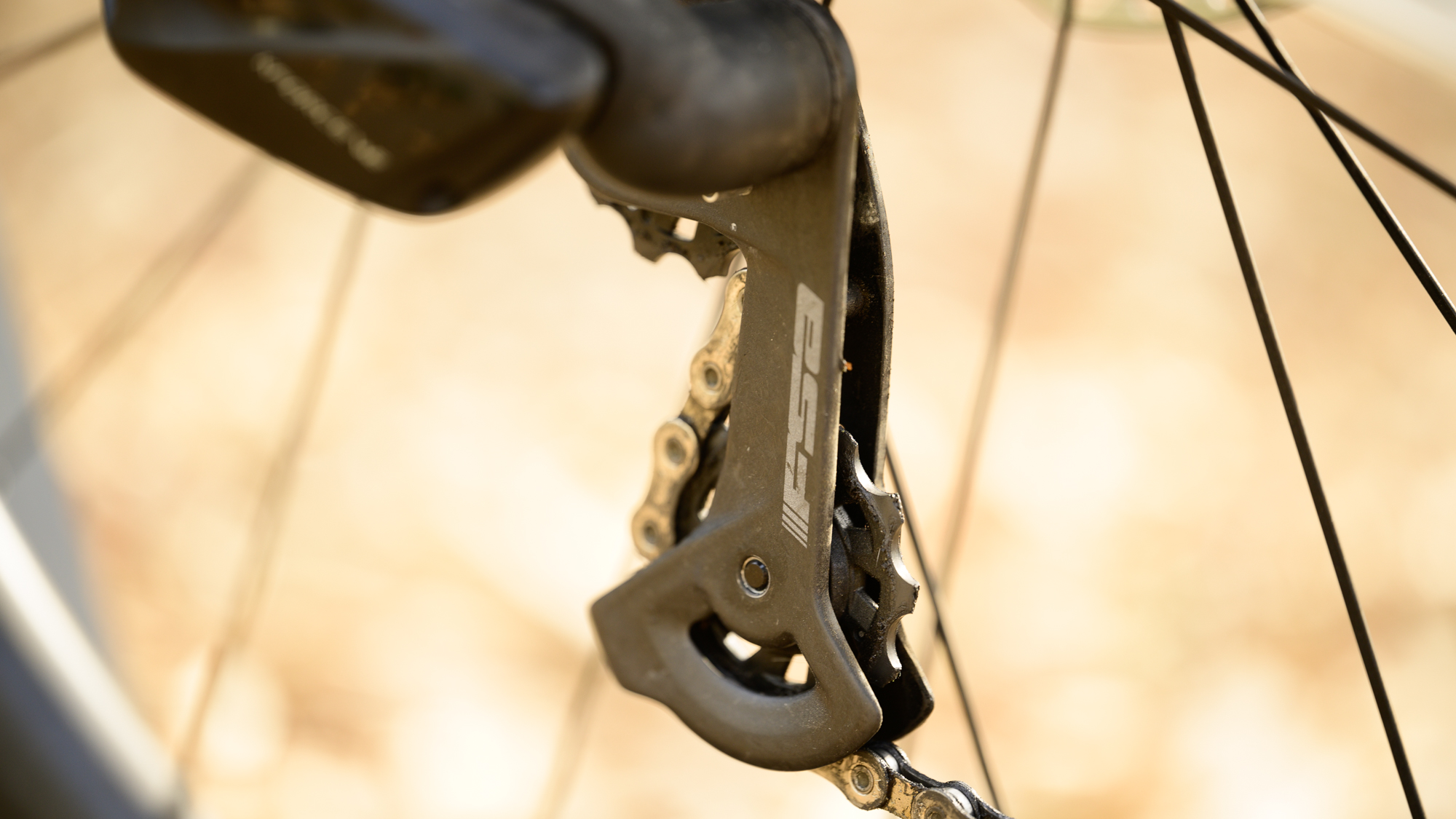

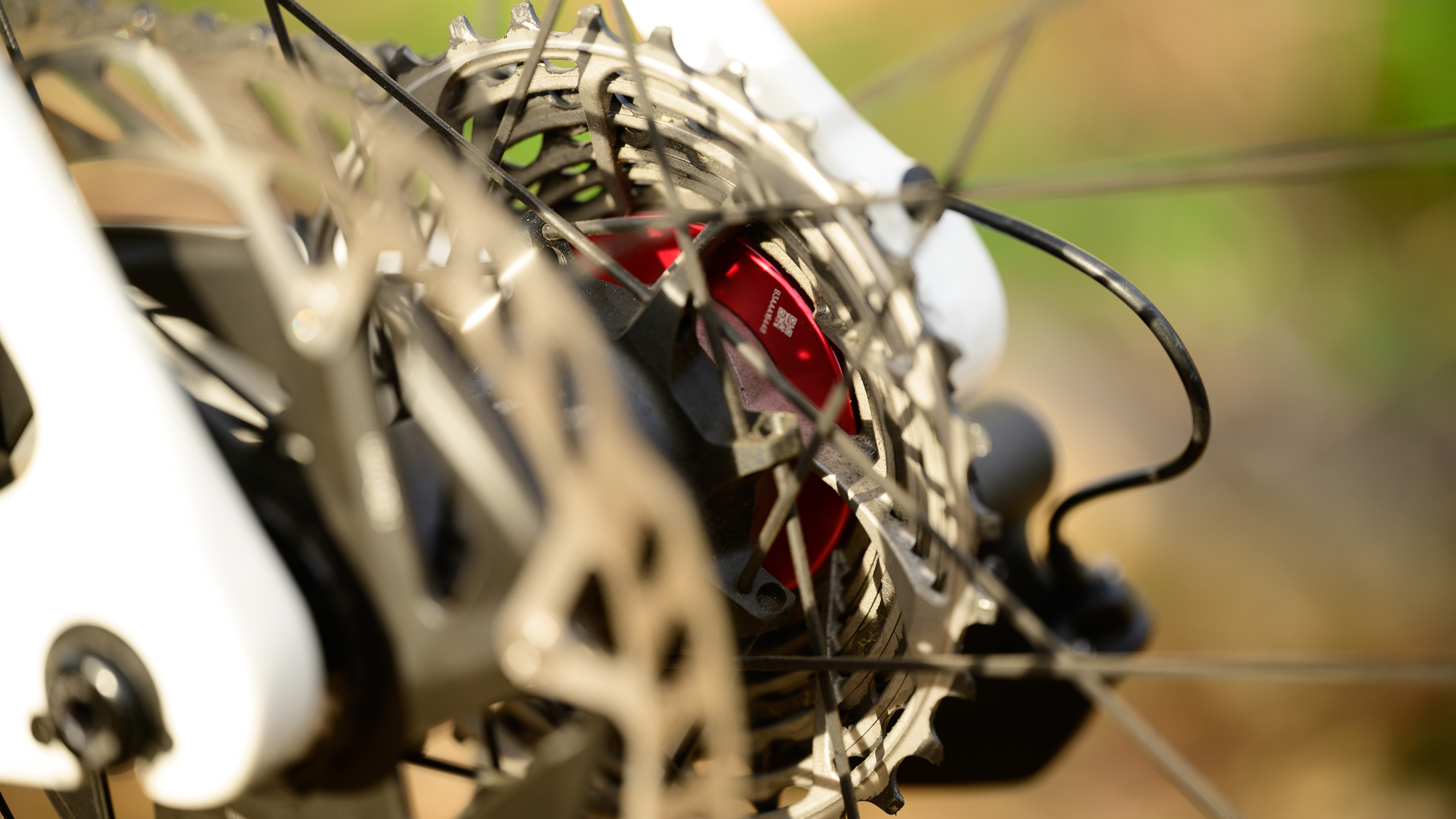
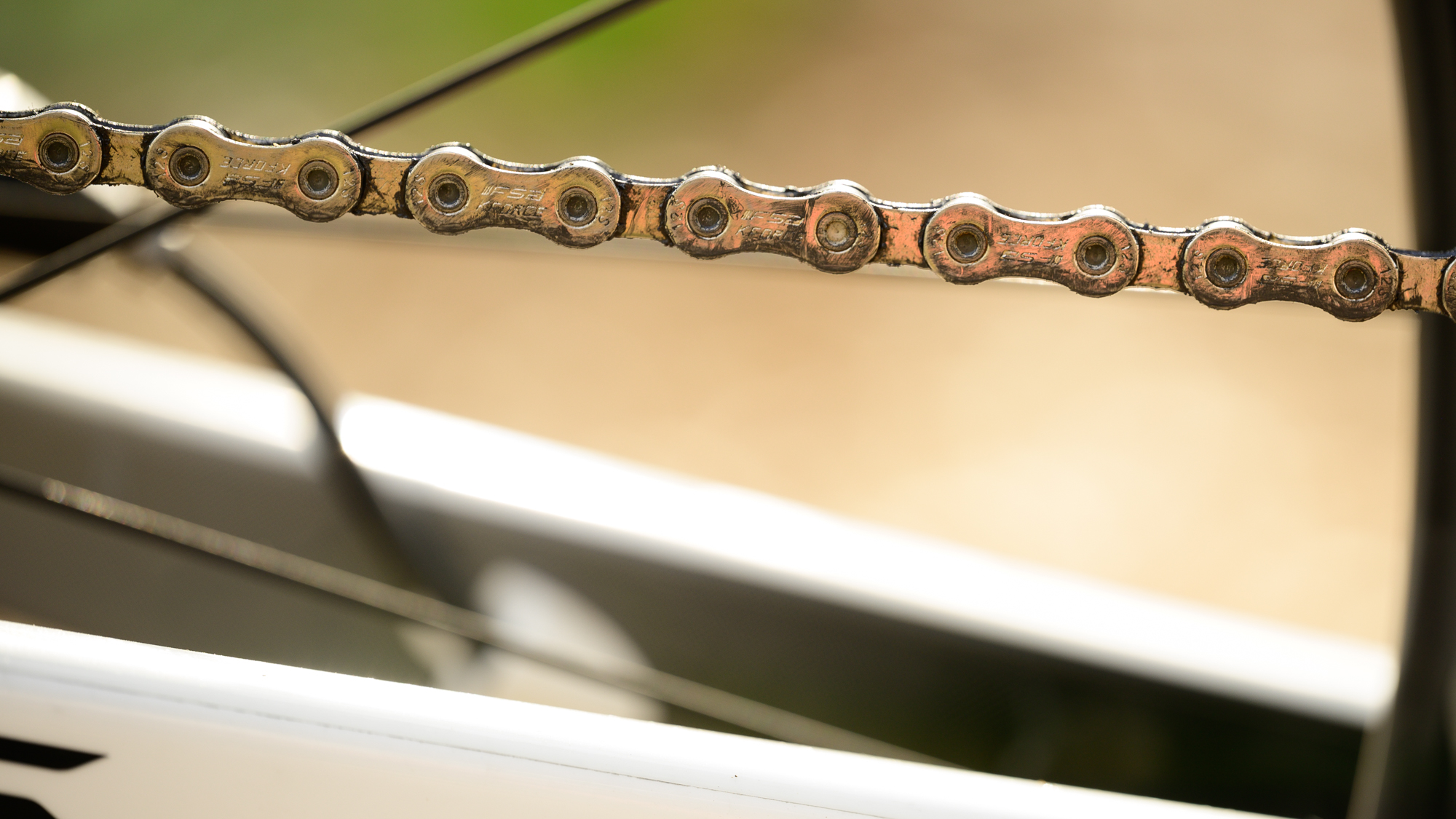
Verdict
No matter how good I tell you the latest FSA K-Force WE 12s groupset is, the brand has a tough climb ahead. Even managing to make it into the conversation will take a miracle and the truth is that there's no miracle here. What FSA has available is a groupset that's priced for competition with Red, Dura-Ace, and Super Record but without the brand recognition. It's solid competition but it's not leaps and bounds ahead of the other options.
Although the challenge is great, FSA seems to be showing the brand is ready for the challenge. Given this is the second generation I'm reviewing, there is a demonstrated commitment to sticking with, and improving, the project over time. There have also been smart choices made with compatibility. You don't have to worry about getting replacement consumables and you don't need a special frame or wheels (not even a unique freehub). Even Campagnolo can’t make that claim. Then, in terms of what's special and unique, the K-Force WE 12s is the lightest groupset and the ergonomics are arguably the best out there - they're certainly my favourite.
Very few products are perfect though and there are also some mistakes. A max 32-tooth capacity for the rear is a mistake when other brands offer 34, and 36. It's also not a good look to have some unfinished details at launch. You could forgive that though, as long as the fixes do come quickly. Still, even with a late-to-the-party firmware update and app forgiven, the shifting is just a little less smooth under power. It’s subtle but I can't sugarcoat that into not existing even if I wanted to.
Negatives aside though, I think there's a place in the conversation for FSA and this latest groupset. It works, it's comfortable, and it's the lightest out there. Without anything further, that's worth a look in a product category without a lot of choices, and my money is on it getting better as it really hits the market.







